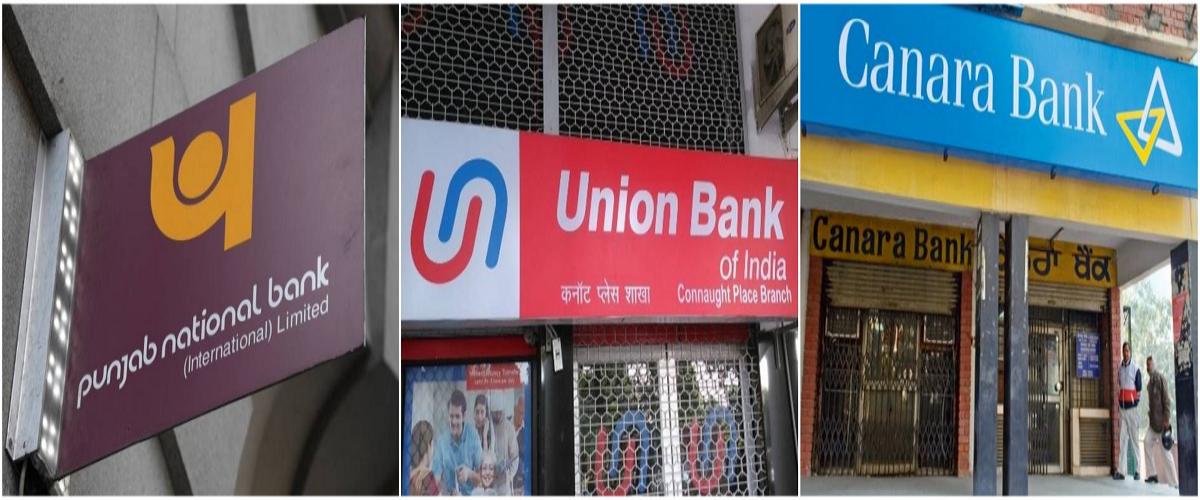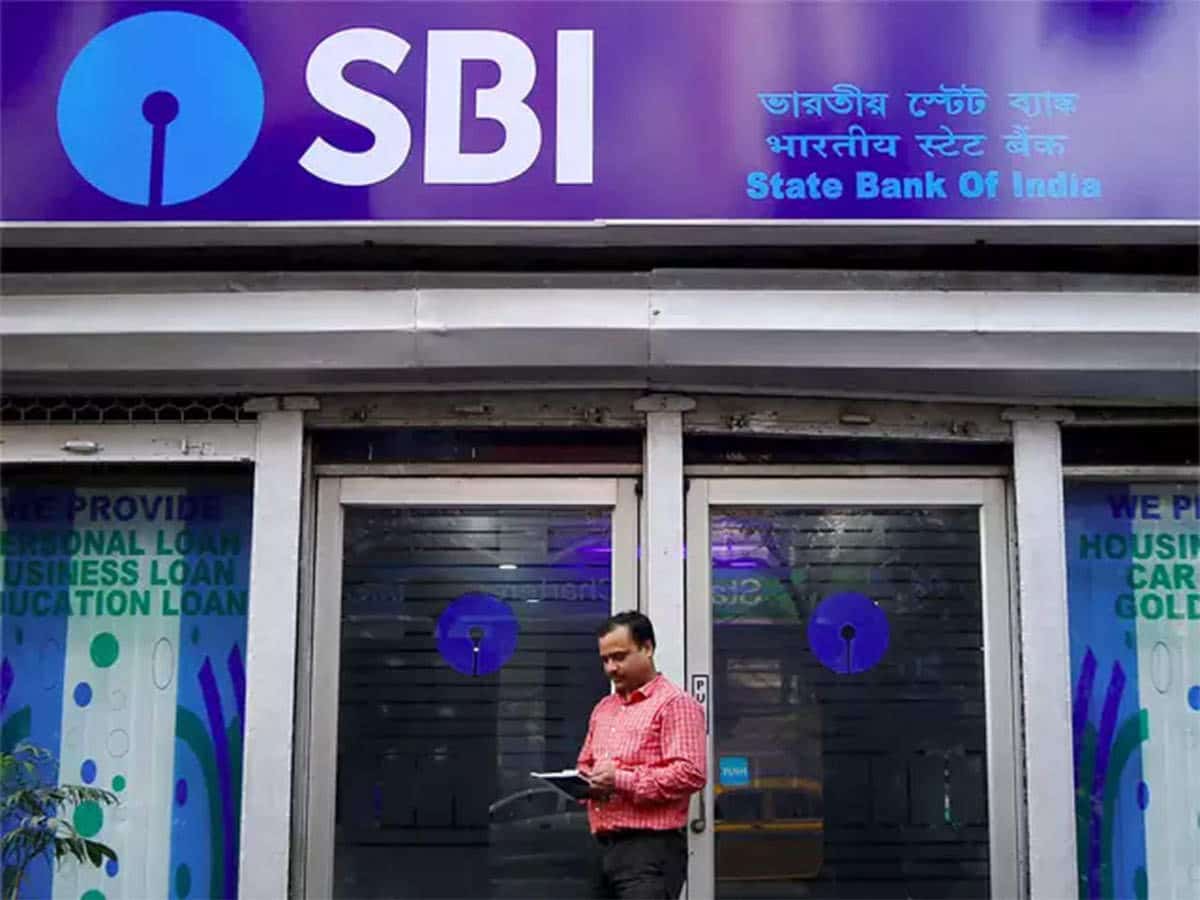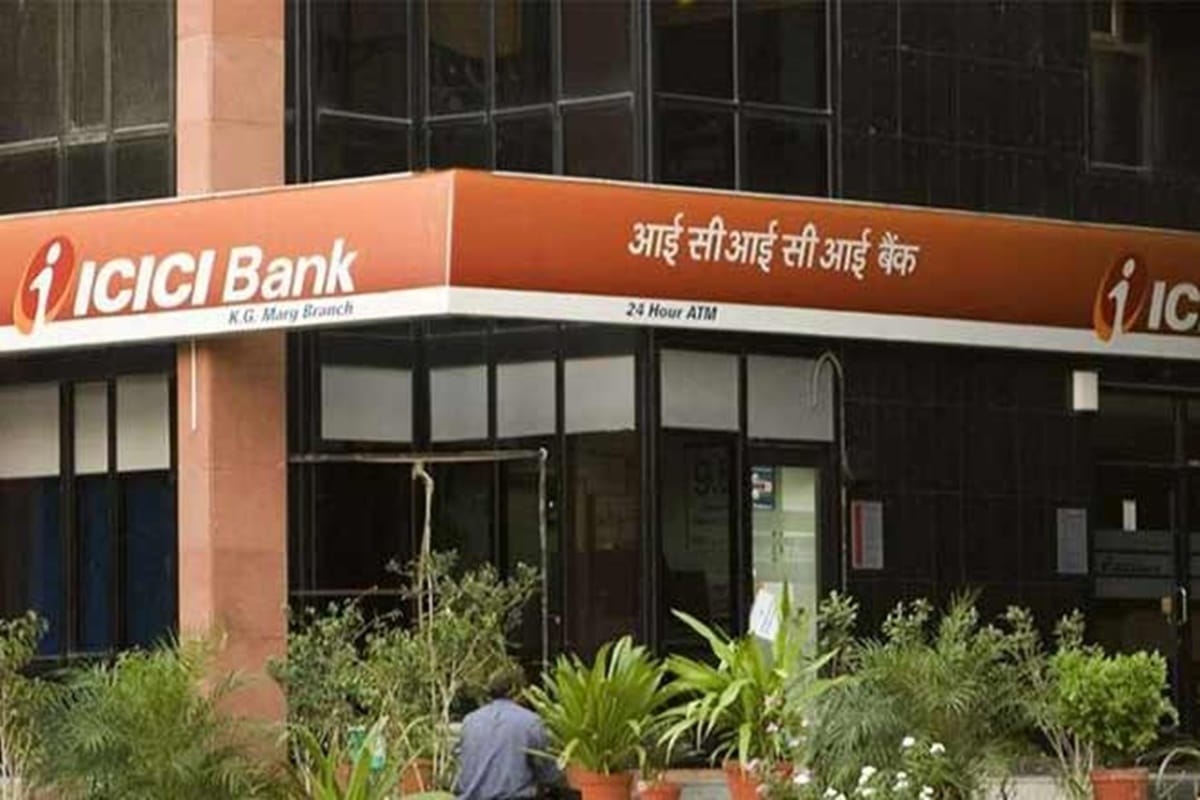
The financial system of the India It presents many differences compared to the one that prevails in Western countries. Financial activity is highly regulated by the State and revolves around public financial entities. Actually, all banks in India, including private banks, are controlled by the Central Bank of India (RBI) It is the main supervisory body of the financial system.
However, India's banking sector has changed a lot in the last two decades. Starting in 1991, an ambitious reform began that included processes to favor the liberalization of the sector and privatizations. For example, it was allowed to liberalize interest rates, which can now be set freely by the different entities. The result of these reforms is a new economic panorama in the Asian country. These are then the major banks in India:
Indian commercial banking is structured around two main groups:
- Non-Scheduled Commercial Banks, made up of commercial banks not registered under the Second Schedule of Reserve Bank of India Act, a law from the colonial era, since it was enacted in 1934, but is still in force. In this category are local banks. Its importance within the current banking system is limited.
- Scheduled Commercial Banks, that is, banking entities that are registered under the law mentioned above. These banks are in turn divided into two other categories:
-
- Public banks.
- Private banking entities (both national and international)
Public banks
Banks in India that are integrated into the private sector form a fairly heterogeneous group that can be classified into three broad categories:

State Bank of India (SBI) is the country's leading public bank
State Bank of India
It is the main public bank in India with 80% of deposits and the one with the largest number of offices and branches in the whole country.
Nationalized banks
These banks were acquired by the Indian state in its day to rescue them from bankruptcy. They are around 20 entities. Most of the nationalizations took place in 1969. From that moment on, the banks began to function as financial institutions of a social nature, obliged to dedicate part of their resources to the sectors whose development the State considers a priority.
Regional banks in rural areas
These banks were created by the State in 1975 with the aim of facilitating access to credit for small farmers. Currently there are about 50 entities of this type spread throughout the country.
Private banks
At present, around 20 private credit institutions with national capital operate in India. Indian private banks were subjected to severe regulations by the state in the late 60s, which stunted their growth. Only after the 1991 reforms have they been able to regain the ability to compete with public banks. Among the most important are the following, which together with the State Bank of India (SBI) form the group of so-called «Big Four» Indian banks: ICICI Bank, Punjab National Bank, Bank of India y Canara Bank.

ICICI Bank Branch
ICICI Bank
El ICICI, Industrial Credit and Investment Corporation of India, is the second largest bank in India, with more than two thousand branches spread throughout the country. It is also the largest credit card issuer in India.
It was founded in 1954 and is based in Bombay. ICICI became one of the largest Indian private banks after its successful merger process with the Bank of Rajasthan 2010 the year.
It is currently immersed in an ambitious international expansion project. ICICI Bank is present in 17 countries outside of India: Bangladesh, Bahrain, Belgium, Canada, China, Dubai, United Arab Emirates, United States, Hong Kong, Indonesia, Malaysia, United Kingdom, Russia, Singapore, Sri Lanka, South Africa and Thailand.
Punjab National Bank (PNB)
Founded on 1894, the Punjab National Bank (PNB) It is the third largest in India. Although it started its activity in the city of Lahore, its current headquarters are located in New Delhi.
It has bank subsidiaries in the United Kingdom, Hong Kong, Dubai and Kabul (Afghanistan), in addition to representative offices in Almaty (Kazakhstan), Dubai, Oslo (Norway), and Shanghai (China).
The leader of Indian independence, Mahatma Gandhi, always worked exclusively with this bank for his private affairs. The national character of the GNP is also reflected in the fact that it is one of the oldest banks in the country, created with entirely national capital and that still continues to operate.
Canara Bank
Cnara Bank, main bank of Bangalore and one of the oldest in the country, it is the fourth name that completes the poker of the great banks of India.
Despite the passage of time and the profound changes experienced in the sector in recent years, Canara Bank remains faithful to the principles that inspired its founding. Among them, stand out the purposes of eliminating superstition and ignorance, instilling the habit of saving and investing part of its profits in social projects.